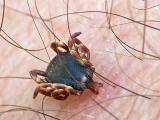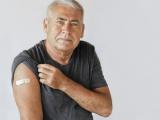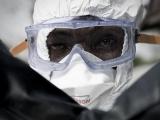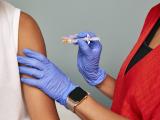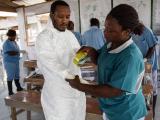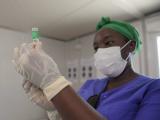Feb 14, 2013
Chad yellow fever cases prompt vaccination drive
Intensive surveillance in the wake of the yellow fever outbreak in Sudan's Darfur region have turned up two lab-confirmed cases in neighboring districts of Chad, the World Health Organization (WHO) announced today. Surveillance activities in the area have also identified 139 suspected cases and 9 deaths from the disease. The two lab-confirmed cases were found in December during tests at the Pasteur Institute in Senegal. The samples were from patients in Goz Breida and Guereda districts. The WHO said the findings have triggered a yellow fever vaccination campaign in Chad that will start on Feb 22, targeting more than 1 million people, including residents of refugee camps, in the two affected districts plus Adre district. Three groups are supporting the campaign: Chad's health ministry, the International Coordinating Group on Yellow Fever Vaccine Provision, and the Global Alliance for Vaccines and Immunization. Sudan and its global health partners have been battling a yellow fever outbreak in the Darfur region since about November that has led to at least 762 suspected cases and 165 deaths, according to the WHO's last update on Dec 6.
Feb 14 WHO statement
Large study shows HMPV second only to RSV as cause of bronchiolitis in kids
A relatively unknown human metapneumovirus (HMPV) is the second most common cause of severe bronchiolitis in youngsters, according to a study today in the New England Journal of Medicine. Samples from more than 10,000 children under age 5 who were hospitalized or seen in an emergency department or outpatient setting for lower respiratory infection (bronchiolitis) were studied prospectively from 2003 through 2009. HMPV was detected in 200 of 3,490 (6%) of hospitalized children, 222 of 3,257 (7%) of children seen as outpatients, 224 of 770 (7%) seen in the emergency department, and 10 of 770 (1%) asymptomatic controls. Only respiratory syncytial virus (RSV) was a more common cause of bronchiolitis. Physicians generally know little about HMPV, which was first described in 2001, said a Vanderbilt press release on the study. Treatment consists of supportive measures such as oxygen, bronchodilators, and intravenous fluids. While the level of medical care available in the United States renders HMPV nonfatal, the virus may be a major contributor to childhood deaths in developing nations, according to the release.
Feb 14 N Engl J Med abstract
Feb 13 Vanderbilt press release
Depression linked with poor response to shingles vaccine
Untreated depression in the elderly may cause a poor response to shingles vaccination, which when effective boosts cell-mediated immunity (CMI) to varicella zoster virus (VZV) and decreases the incidence and severity of herpes zoster (shingles), says a study yesterday in Clinical Infectious Diseases. VZV CMI was measured before vaccination with zoster vaccine or placebo and at 6 weeks, 1 year, and 2 years after vaccination in 40 people 60 years old or older with a major depressive disorder and in 52 age- and sex-matched controls with no history of depression or other mental illness. Findings showed that depressed patients who were not receiving treatment for their depression had substantially lower levels of VZV-CMI after vaccination than did controls and patients who were depressed but receiving antidepressants (P < 0.005), even if the antidepressants failed to alter symptom severity. The elderly are at increased risk for shingles, a painful disease that affects a million people each year in the United States, says an accompanying press release from the Infectious Diseases Society of America (IDSA). The study authors deduce that their findings could be significant in terms of response to other vaccines in untreated depressed elderly people as well.
Feb 13 Clin Infect Dis abstract
Feb 14 IDSA press release
